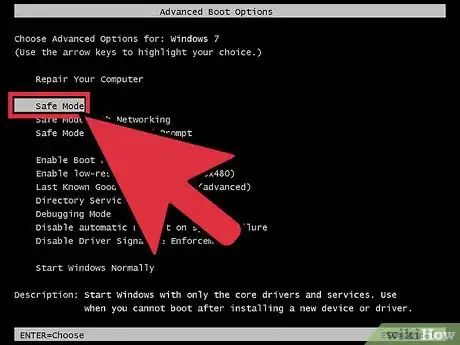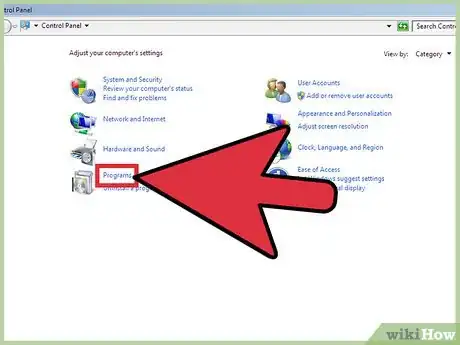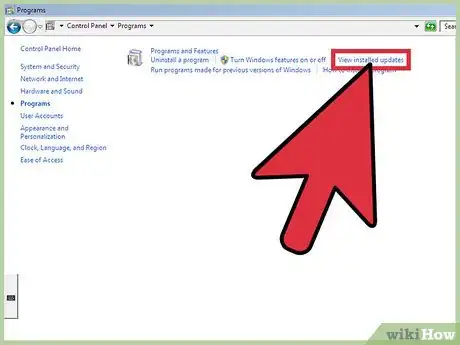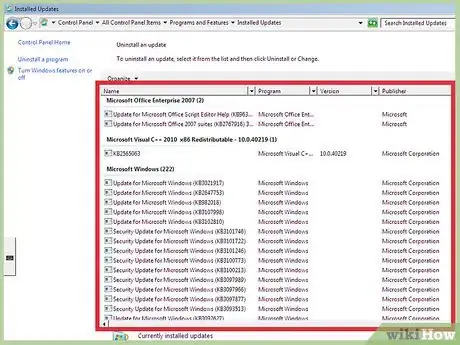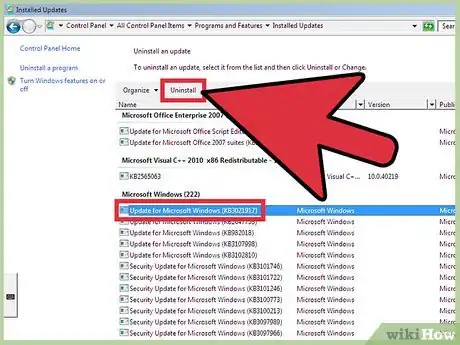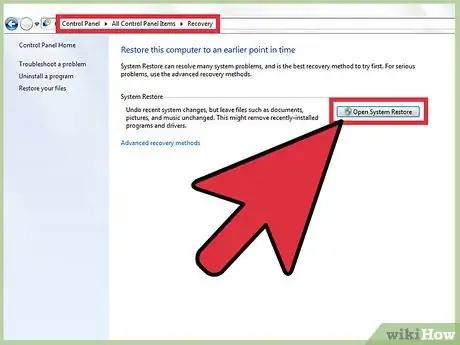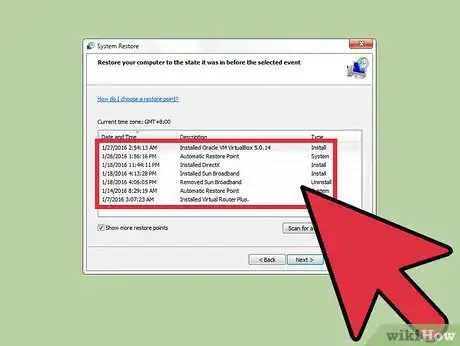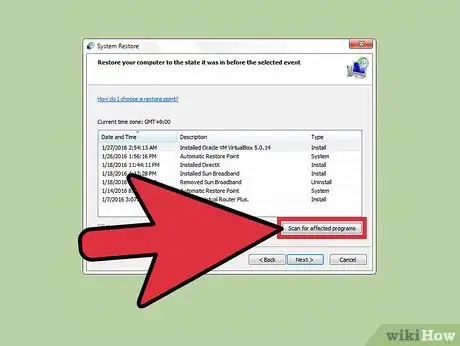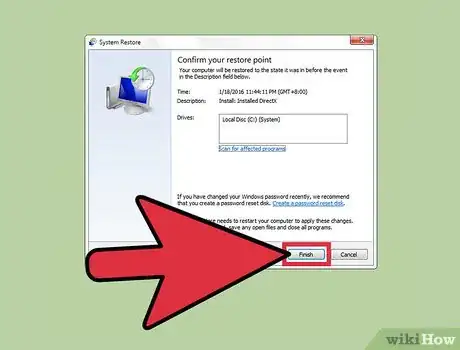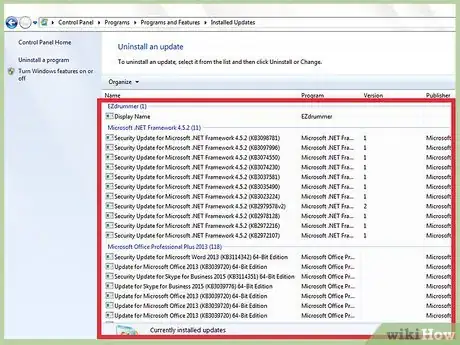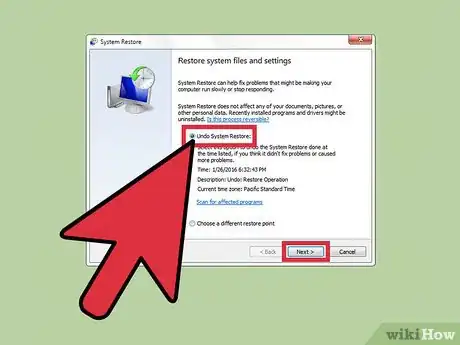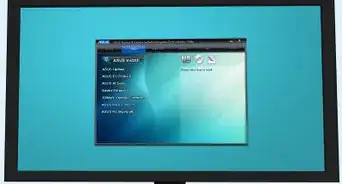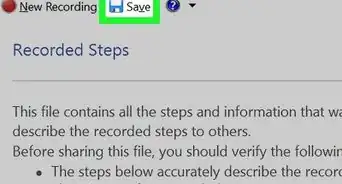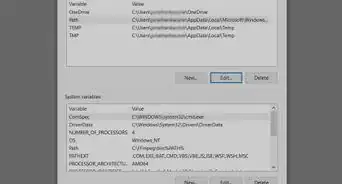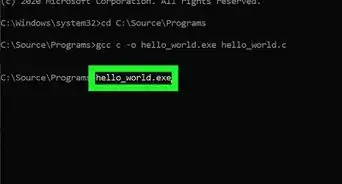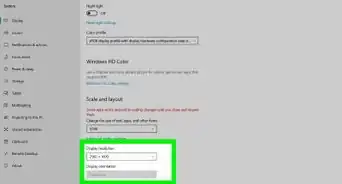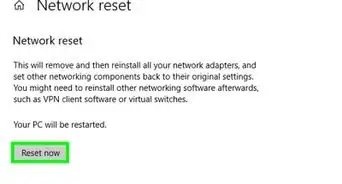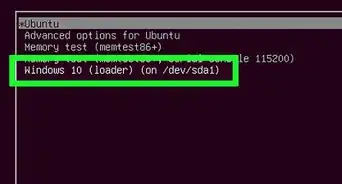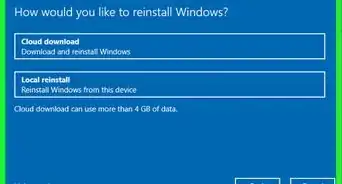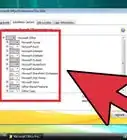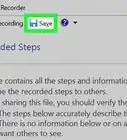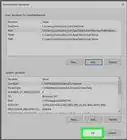This article was co-authored by wikiHow Staff. Our trained team of editors and researchers validate articles for accuracy and comprehensiveness. wikiHow's Content Management Team carefully monitors the work from our editorial staff to ensure that each article is backed by trusted research and meets our high quality standards.
This article has been viewed 321,054 times.
Learn more...
While it's generally not recommended to remove Windows Updates, sometimes they cause performance problems or privacy concerns. Microsoft will generally fix problematic updates in a timely fashion, but you can remove them manually if you'd like. You can remove individual updates using the Programs and Features window, or your can roll back your computer with System Restore, which can remove multiple updates at once.
Steps
Uninstalling Updates
-
1Boot into Safe Mode. You'll have the best success removing Windows updates if you are running Safe Mode:
- Windows 7 and earlier - Reboot your computer and hold F8. Select "Safe Mode" from the menu that appears.
- Windows 8 and later - Click the Power button in the Start menu or screen. Hold ⇧ Shift and click "Restart." Select "Troubleshoot" → "Advanced options" → "Windows Startup settings" and then click "Restart." Select "Safe Mode" from the menu.
-
2Open the "Programs and Features" window. Once you're in Safe Mode, you'll need to open the Programs and Features window from the Control Panel:
- Windows 7 and earlier - Open the Start menu and select "Control Panel." Select "Programs" or "Programs and Features" (depending on your view settings).
- Windows 8 and later - Right-click on the Windows button and select "Programs and Features."
Advertisement -
3Click the "View installed updates" link. This can be found in the left menu. A list of installed updates will be displayed.
-
4Find the update you want to remove. The "Installed on" column can help you find the update that started causing your computer troubles. Windows updates are listed in the "Microsoft Windows" section towards the bottom of the list.
-
5Select the update and click "Uninstall." You'll be prompted to confirm that you want to remove the update. After confirming, the update will be removed. You can repeat this for any other updates you want to get rid of.[1]
- If Windows is set to update automatically, the updates you delete will likely download and install on their own again. You'll need to disable automatic updates in Windows Update to prevent installing these specific updates.
Using System Restore to Roll Back
-
1Open the System Restore tool. You can use System Restore to roll your system back to a point before the update was installed. You won't lose any personal files, but any programs installed or uninstalled in the interim will be reverted.
- Open the Control Panel and select "Recovery." If you don't see the "Recovery" option, select "Large icons" or "Small icons" from the "View by" menu.
- Select "Open System Restore" to open the System Restore utility.
-
2Select the restore point you want to roll back to. Restore points are created automatically when new programs or updates are installed. Depending on your System Restore settings, you may have many restore points or just a few. Old restore points are deleted automatically to make room for new ones.
- You may be able to check a box in the lower-left corner to view all available restore points.
-
3Click "Scan for affected programs." This will generate a list of all of the programs, drivers, and updates that will be removed or restored when rolling back. Programs and drivers that are restored may need to be re-installed to function properly.
-
4Confirm that you want to perform the restore process. Once you click "Finish," your computer will reboot and roll back to the restore point. This may take a little while to complete. After your computer successfully rolls back, Windows will start and a dialog will appear indicating that the restore is complete.
-
5Test your computer. After restoring, see if getting rid of the update file fixed your problems. You'll likely need to re-install or uninstall any programs or drivers that were restored during the roll back process.
-
6Undo the system restore if problems occur. If the system restore process doesn't work, or makes things worse, you can undo it and revert your computer to how it was before restoring. Open the System Restore tool again and select "Undo System Restore" to undo the last system restore you performed.
Community Q&A
-
QuestionHow can I select custom updates?
 NSACommunity AnswerTurn off all automatic updates and select the ones you want to update manually.
NSACommunity AnswerTurn off all automatic updates and select the ones you want to update manually. -
QuestionHow can I uninstall Windows 7 from my computer?
 Community AnswerSave any files that you may want to keep on a separate hard drive, or an external hard drive, then format the drive with Windows 7 installed.
Community AnswerSave any files that you may want to keep on a separate hard drive, or an external hard drive, then format the drive with Windows 7 installed.
